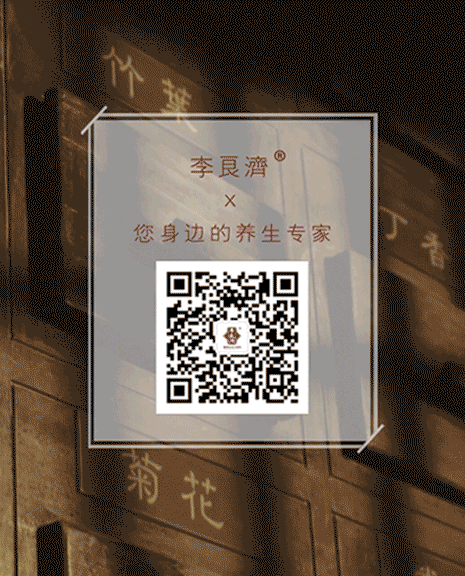
In Traditional Chinese Medicine (TCM), any medicinal substances that primarily function to clear internal heat are referred to as qing re yao (清热药, heat-clearing herbs).
Heat-clearing herbs can be categorized into several types: qing re xie huo yao (清热泻火药, heat-clearing and fire-purging herbs), qing re zao shi yao (清热燥湿药, heat-clearing and damp-drying herbs), qing re jie du yao (清热解毒药, heat-clearing and detoxifying herbs), qing re liang xue yao (清热凉血药, heat-clearing and blood-cooling herbs), and qing xu re yao (清虚热药, clearing empty heat herbs).
Among these, there are many common herbs that clear heat and detoxify. Today, I will introduce several frequently used heat-clearing and detoxifying herbs.
1. Jin Yin Hua (金银花, Honeysuckle Flower)
Jin Yin Hua is the dried flower buds or early flowers of the plant Ren Dong (忍冬, Lonicera japonica). Depending on the timing of the flower bud’s opening, it can be yellow or white, resembling a combination of gold and silver, hence the names “Er Hua” (二花, two flowers) and “Shuang Hua” (双花, double flowers), commonly referred to as “Yin Hua” (银花, silver flower).
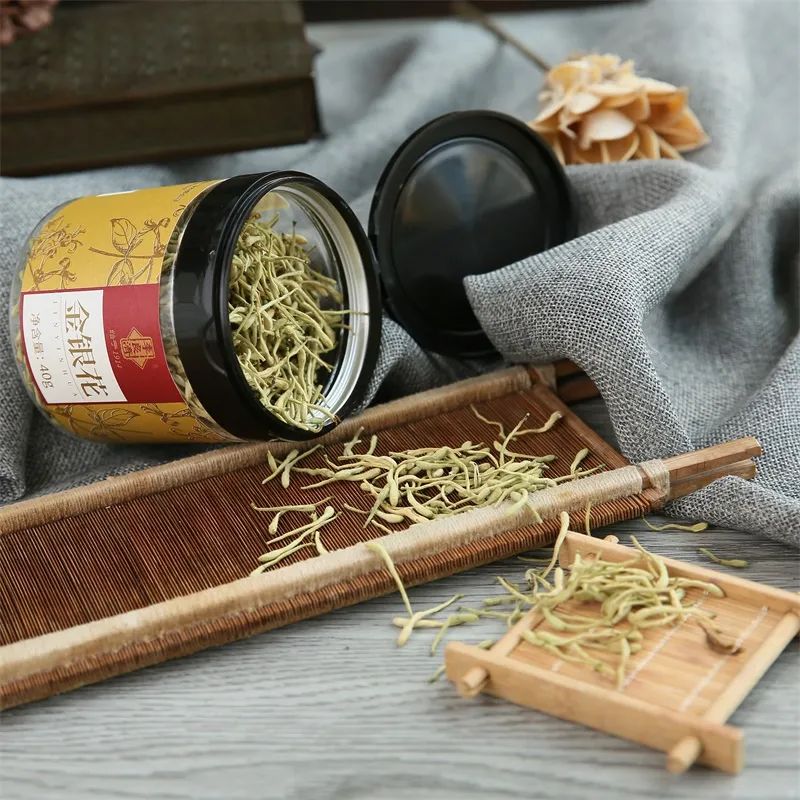
Jin Yin Hua is praised as a “good medicine for clearing heat and detoxifying.” According to the Ben Cao Gang Mu (本草纲目, Compendium of Materia Medica), it can be used for “all wind-heat and various swellings and toxins, carbuncles, scabies, and other evil sores, dispersing heat and detoxifying.”
Furthermore, the Chinese Pharmacopoeia states: “Clears heat and detoxifies, disperses wind-heat. Used for carbuncles, sores, throat obstruction, erysipelas, heat-toxicity blood dysentery, wind-heat colds, and febrile diseases.”
2. Lian Qiao (连翘, Forsythia Fruit)
Lian Qiao is the dried fruit of the plant in the Oleaceae family. The Yi Xue Zhong Zhong Can Xi Lu (医学衷中参西录) states: Lian Qiao has the power to ascend and disperse, circulating qi and blood, treating blood stasis and qi accumulation in the twelve meridians, making it an essential herb for sores.
The Zhen Zhu Nang (珍珠囊) mentions three uses of Lian Qiao: to purge heat from the heart, to eliminate heat from the upper jiao, and as a holy medicine for sores.
Lian Qiao is widely used, such as in the common vitamin C Lian Qiao tablets. However, it is contraindicated for patients with spleen and stomach deficiency or those with qi deficiency leading to fever.
3. Pu Gong Ying (蒲公英, Dandelion)Spring is the season when dandelions grow abundantly. The Sui Xi Ju Yin Shi Pu (随息居饮食谱) describes its effects as clearing the lungs, relieving cough and phlegm, dispersing lumps and abscesses, nourishing yin and cooling blood, soothing tendons and strengthening teeth, and promoting lactation and enhancing essence. The Ben Cao Xin Bian (本草新编) states: “Dandelion is inexpensive yet highly effective; it is regrettable that people do not know how to use it.”
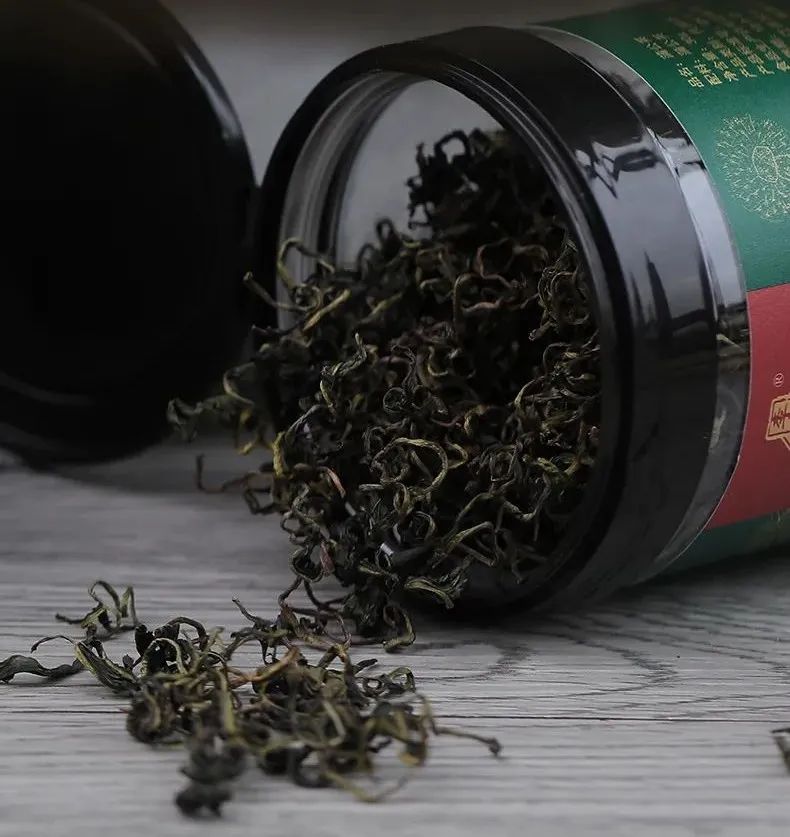
The Yi Lin Zuan Yao (医林纂要) records that dandelion “tonifies the spleen and harmonizes the stomach, and purges fire.”
The Ben Cao Gang Mu states: “Dandelion is primarily used to treat women’s breast abscesses; drinking its boiled juice or applying it can lead to immediate resolution. It resolves food toxicity, disperses stagnant qi, clears heat toxins, transforms food toxicity, and reduces swellings, tubercles, and carbuncles.”
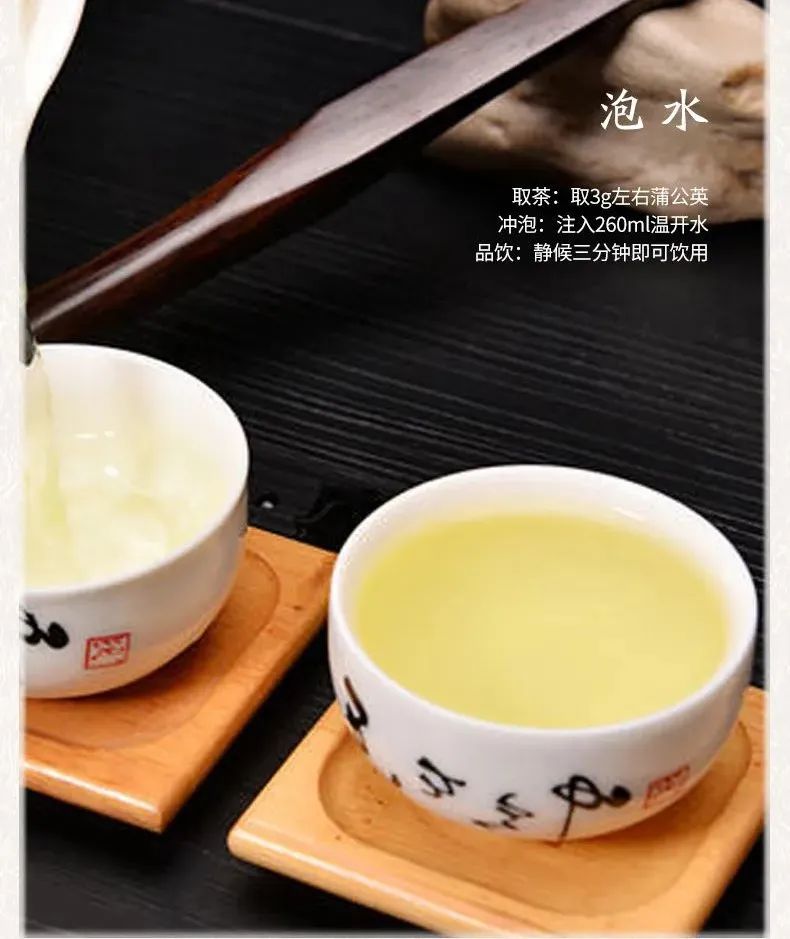
4. Zhi Zi (栀子, Gardenia Fruit)
Zhi Zi is the fruit of the plant Shan Zhi (山栀, Gardenia jasminoides), containing various bitter glycosides, as well as mannitol and ursolic acid. It is a plant with both medicinal and culinary uses, often used in making marinated dishes for its color-enhancing and aromatic properties, and is favored by diners. At the same time, it is also a very good traditional Chinese medicine.
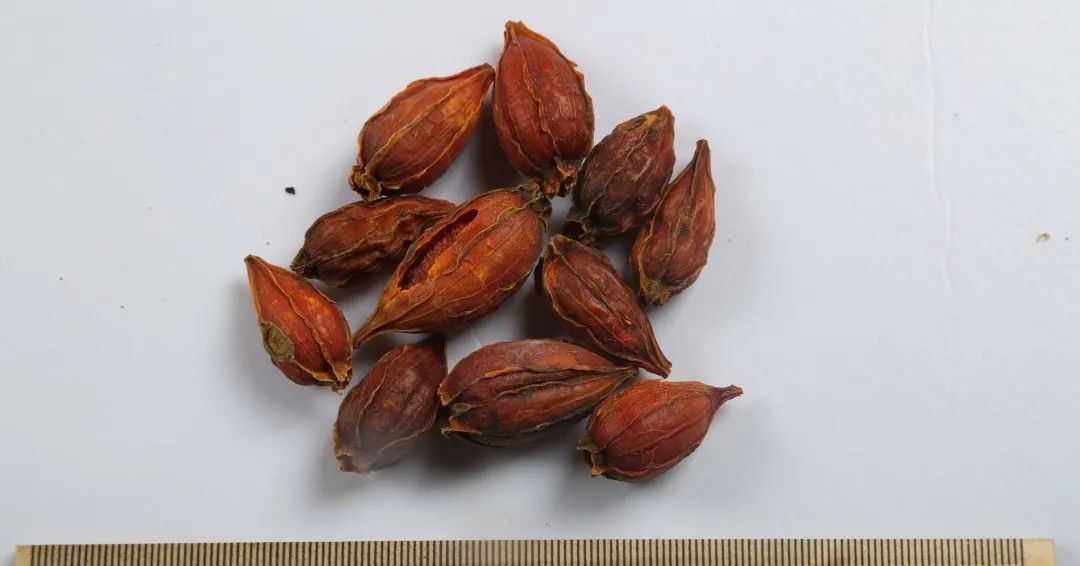
The Shen Nong Ben Cao Jing (神农本草经) states that it is bitter and cold, primarily treating evil qi of the five organs, heat in the stomach, facial redness, drunkenness, runny nose, white leprosy, red leprosy, and sores.
5. Ju Hua (菊花, Chrysanthemum)
In spring, many people choose to brew chrysanthemum tea to reduce heat. The medicinal chrysanthemum is the dried flower heads of the plant in the Asteraceae family, with a sweet and bitter taste, slightly cold nature, and belongs to the lung and liver meridians.
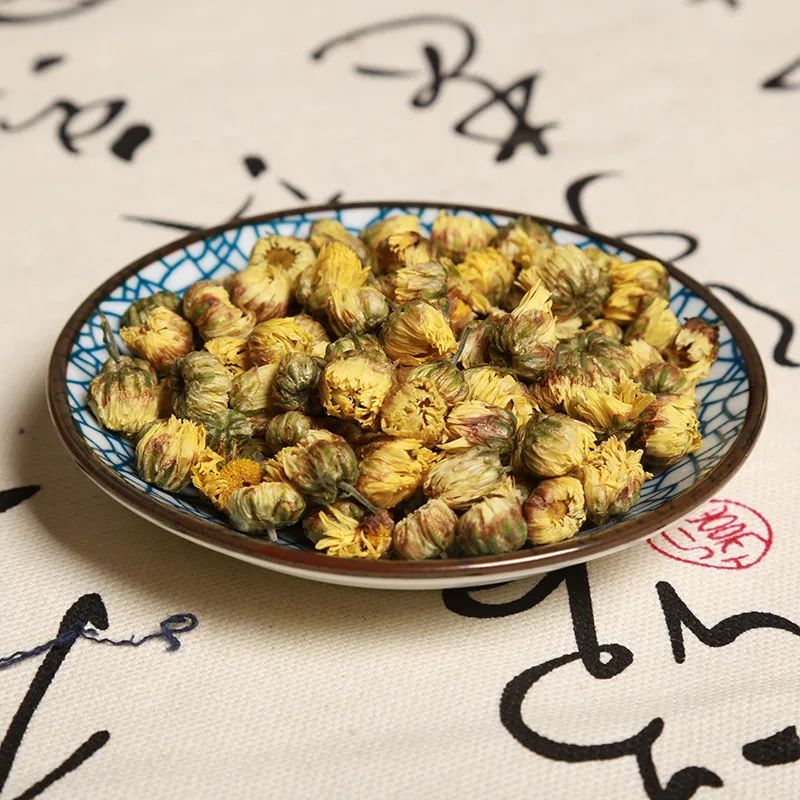
The Ben Cao Yan Yi Bu Yi (本草衍义补遗) records: “Chrysanthemum can tonify yin.”Li Shizhen in the Ben Cao Gang Mu mentions: “Chrysanthemum can benefit the five meridians, regulate the four limbs, and treat head wind-heat.”
When purchasing chrysanthemum, feel it with your hand; good, fresh chrysanthemum is relatively soft, and gentle touch will not cause petals to fall or become disordered. If the chrysanthemum drops many petals upon touch, it indicates that it is quite old and should not be purchased.
It is especially important to remind everyone that heat-clearing and detoxifying herbs should be used under the guidance of TCM foundational theories and differentiated diagnosis.
Disclaimer: This article is compiled from online sources, and the sharing aims to disseminate health science knowledge. If there are any objections, it will be deleted.
Tips:
1. If you have any questions, you can add Li Liang Ji Health Consultant (Liang Ji Jun) on WeChat, send us your questions, and we will reply to you as soon as possible to help you!

2. Note: Use of herbs should be cautious and follow medical advice!
We hope you find something you will always love here ♥